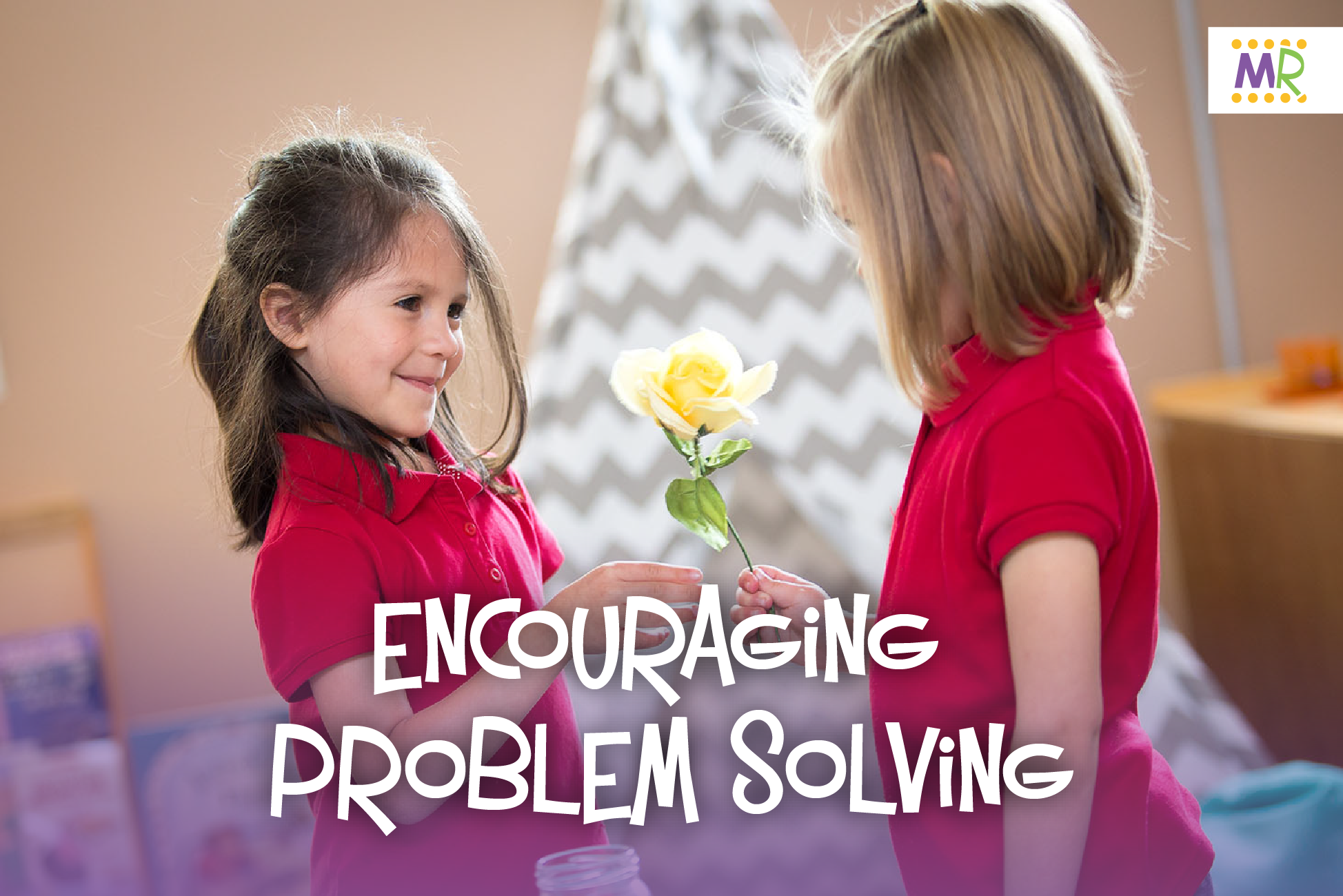
“Never help a child with a task at which he feels he can succeed.” –Maria Montessori
This quote speaks volumes to what the end goal is in a Montessori education: independent learners who are successful in the real-world. Unfortunately, we see it often; the “helicopter parents” who swoop in and want to solve all of their child’s problems for them. They are, in essence, making a trade off when they take this approach; that in the moment when they swoop in and solve a problem or do for their child, they rid their child of any uneasiness. But in the long term, they are taking away a child’s ability to work through what is problematic; to work through that uneasiness. And they are ultimately not giving the tools their child needs to be a successful, independent adult who will be faced with even greater problems in the future. And let’s face it; even helicopter parents don’t want their 40 year old child living in their basement…
Below are some tools I’ve acquired along the way to help children be able to solve problems for themselves. While I refer to them from the context of my classroom, they can really be applied to everyday life.
Encourage problem solving thinking when….
They are stumped on something.
It’ so easy to tell a student why they got something wrong. I get it. Like the times I can see their frustration when they’ve gotten a three-digit multiplication problem wrong and I can see clear as day that they just forgot to add the previous place value. But stepping in and telling them what they got wrong is doing them a disservice because all I’ve taught them is that they don’t need to take their time or figure it out themselves; I’ll just point out their mistake and they’ll go to the next problem. So, instead, encourage this type of rhetoric when you can see they are struggling in the classroom:
- “What were the steps to solve this problem again?”
- “Where do you think you might be going wrong?”
- “What other ideas do you have to solve this?”
- “Would you like to try starting over?”
- “Can you talk me through how you solved this?”
And I’ll be honest, sometimes these questions won’t lead to the students figuring it out. When that happens, I’ll ask the students more specific questions related to the problem itself to guide them towards the correct answer. I never give them the answer, only ask questions. It builds students’ confidence to know that they still figured out the problem and weren’t told how to do it.
They come up to you with a problem they’re having and they expect you to swoop in and solve it for them.
“He’s being mean to me.” “She isn’t working in our group.” “I l can’t my science notebook.” I could go on and on. And if you’re a teacher (or a parent) I know you understand this type of talk all too well. Here’s what I say and it has made all of the difference:
- How would you like me to help you to solve this problem?
They need skills to deal with conflicts with their peers.
Here are two great tools that my students will use when they have problems with their peers: the peace wheel and solution wheel.
My students are at the point when they just take these tools out of the peace corner and go about their business. I rarely need to intervene when they are having problems amongst each other. But if this is new to you, make sure you do A LOT of modeling. Teach them how to use these effectively. I suggest having the students come up with some common problems and put them into groups to act out how to solve them using the wheels. Have a lot of discussions. I usually sit on the sidelines when students are using these for the first few times to intervene if needed. The more time you put into using the tools effectively, the more your students (and yourself!) will benefit when they are able to use them independently.
When we can give children all of these tools in their toolbox to realize that they have the ability to solve problems on their own, it really puts them on the right path to tackle anything that may come their way!

